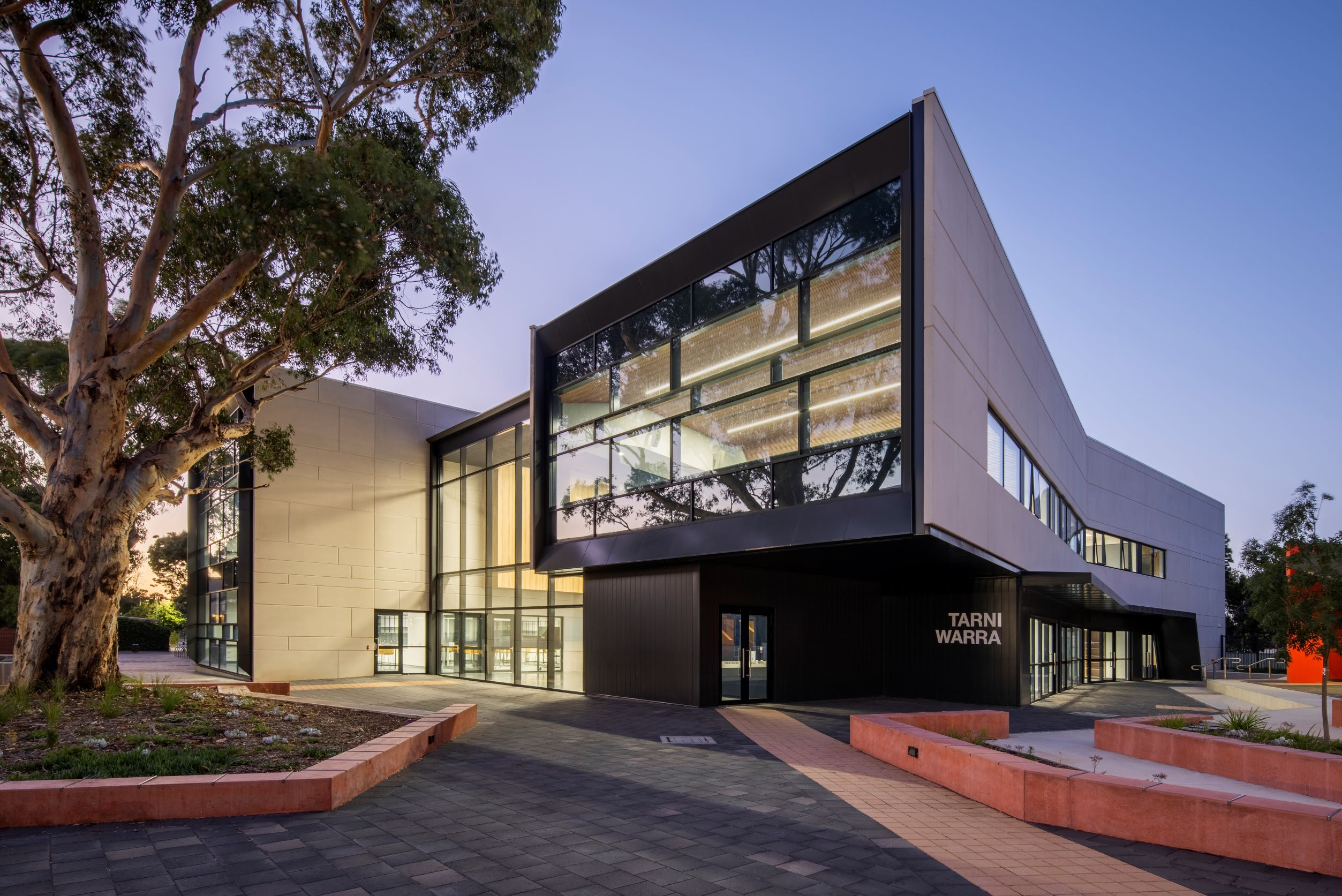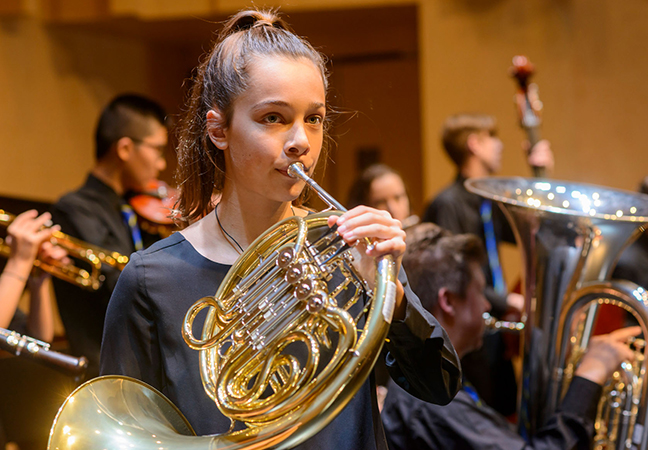Commencing in Term 2, Brighton Secondary School will be introducing an updated mobile phone policy, following the State Government ban on mobile phones in all public high schools. This means that our young people will not be permitted to use their mobile phone during school hours. Although we hope that many of our students will be able to take this change in their stride, there may be some who struggle to adapt. Working on building healthy mobile phone habits at home right now will make this change a little easier in Term 2.
Setting clear boundaries on time accessing smartphones:
Research has shown that adolescents who spend more than 2 hours on smartphones and social media per day are at increased risk of mental health difficulties and chronic sleep deprivation[1]. It can also have a negative impact on social interactions, distractability, self-image and mood[2][3].
Given that social media use appears to become problematic when it surpasses 1-2 hours per day[4][5], setting clear time limits on the number of hours young people spend on their smartphones can be useful in mitigating these risks.
Clear boundaries on where smartphones are used:
Evidence from a variety of longitudinal and empirical studies indicates that smartphone and social media use can lead to an increase in mental distress[6][7] and chronic sleep deprivation[8]. Further to this, it can also have negative effects on socioemotional functioning.
Studies have found that even the presence of smartphones can have an impact on learning. Research has indicated that when mobile phones are put away when studying (preferably in another room), there is a benefit on academic performance outcomes[9].
Although adolescents do increasingly interact online with one another rather than in person, smartphone use can interfere even with face-to-face interactions, in a term that has been coined as “phubbing”: attending to one’s phone when in the presence of others. Studies have shown that the mere presence of a smartphone on a table can lead to people feeling more distracted and having lower enjoyment during social interactions[10].
In terms of sleep, using devices before bedtime can lead to disruption of sleep in multiple ways: longer time to fall asleep, decreased evening sleepiness, reduced melatonin secretion, body clock delay, delays and reduction in rapid eye movement sleep, and reduced next-morning alertness[11].
Research also indicates that simply having your smartphone in your room can make it more difficult to fall asleep[12]. It was suggested that this can be due to the urges people feel to check their phones, or the conditioned response of heightened arousal when scrolling social media, which leads to the body not being able to fully rest.
It would be useful to speak with your children about where they use their smartphones, and to have a discussion about why setting boundaries on where their devices are used can be beneficial to their overall wellbeing.
Setting clear smartphone rules for the whole family:
When setting new boundaries around device usage, it can be useful to practice what we preach. Setting clear mobile phone rules for the whole family can make it easier for young people to adjust to changes happening around them. Being mindful of how you use your devices and making a conscious effort to make healthy changes can potentially help young people to be okay with the change.
Some rules that the whole family adopt can include:
- Ensuring phones are away, switched off and not used during specific times of the day (e.g. family meal times).
- Ensuring phones are not used in the bedroom at agreed-upon times.
- Implementing a rule where phones and other devices are charged in a family area overnight, rather than in individual bedrooms.
- Putting phones face-down when talking face to face with one another at home.
- Getting involved in activities or hobbies that do not involve the use of devices. These activities can be used during periods of down-time in lieu of scrolling social media and using smartphones.
Creating a Family Media Plan can be a useful way to establish rules and boundaries around the use of devices. The following link can be used to create an agreement for your family to follow. You may also want to agree upon any consequences if your family’s mobile phone rules are broken by any member of the family (including adults!).
https://www.healthychildren.org/English/fmp/Pages/MediaPlan.aspx
Danni O’Connor
Clinical Psychologist
Further reading
https://raisingchildren.net.au/teens/entertainment-technology
[1] Abi-Jaoude, E., Treurnicht Naylor, K., & Pignatiello, A. (2020). Smartphones, social media use and youth mental health. Canadian Medical Association Journal. 192(6), 136-141.
[2] Holland, G., Tiggemann, M. (2016). A systematic review of the impact of the use of social networking sites on body image and disordered eating outcomes. Body Image, 17, 100–10.
[3] Fardouly, J., Diedrichs, P.C., Vartanian, L.R. et al (2015). Social comparisons on social media: the impact of Facebook on young women’s body image concerns and mood. Body Image, 13(38), 38-45.
[4] Twenge, J.M., Joiner, T.E., Rogers, M.L. et al. (2017). Increases in depressive symptoms, suicide-related outcomes, and suicide rates among U.S. adolescents after 2010 and links to increased new media screen time. Clinical Psychological Science. 6(3),doi 10.1177/2167702617723376.
[5] Sampasa-Kanyinga, H., Hamilton, H.A., Chaput, J.P. (2018). Use of social media is associated with short sleep duration in a dose-response manner in students aged 11 to 20 years. Acta Paediatrica. 107, 694–700
[6] Van der Schuur, W.A., Baumgartner, S.E., Sumter, S.R. et al. (2015). The consequences of media multitasking for youth: a review. Computers in Human Behavior. 53, 204-15.
[7] Twenge, J.M., Martin, G.N., Campbell, W.K. (2018). Decreases in psychological well-being among American adolescents after 2012 and links to screen time during the rise of smartphone technology. Emotion (18). 765–80.
[8] Carter, B., Rees, P., Hale, L. et al. (2016). Association between portable screen-based media device access or use and sleep outcomes: a systematic review and meta-analysis. JAMA Pediatrics. 170, 1202–8
[9] Mendoza, J.S., Pody, B.C., Lee, S. et al. (2018). The effect of cellphones on attention and learning: the influences of time, distraction, and nomophobia. Computers in Human Behavior. 86, 52–60.
[10] Twenge, J.M., Martin, G.N., Campbell, W.K. (2018). Decreases in psychological well-being among American adolescents after 2012 and links to screen time during the rise of smartphone technology. Emotion (18). 765–80.
[11] Chang, A-M., Aeschbach, D., Duffy, J.F. et al. (2015). Evening use of light-emitting eReaders negatively affects sleep, circadian timing, and next-morning alertness. Proceedings of the National Academy of Science. 112. 1232-1237.
[12] Carter, B., Rees, P., Hale, L. et al. (2016). Association between portable screen-based media device access or use and sleep outcomes: a systematic review and meta-analysis. JAMA Pediatrics. 170, 1202–8.









